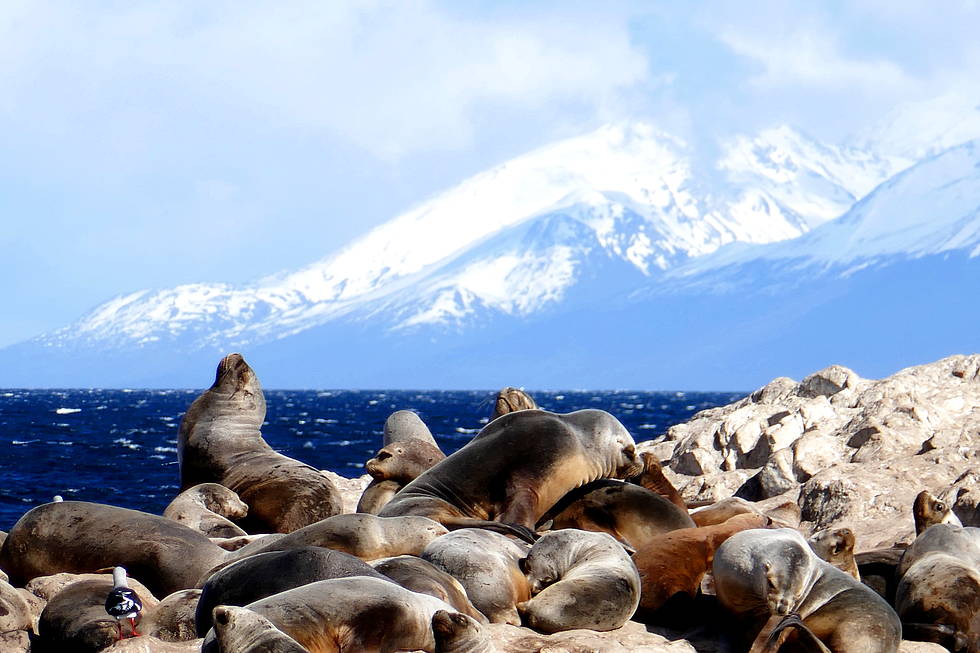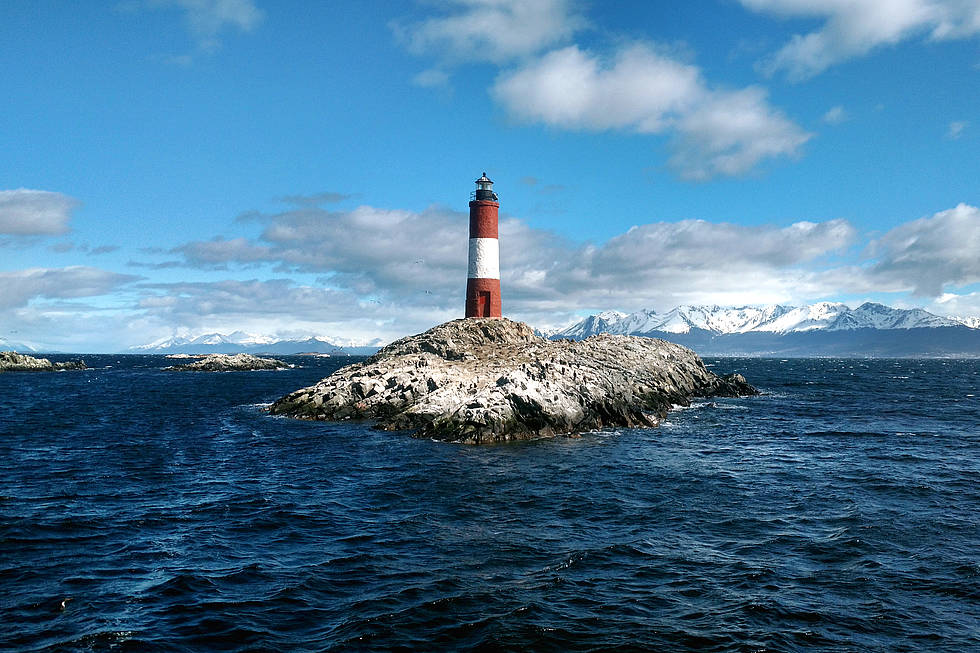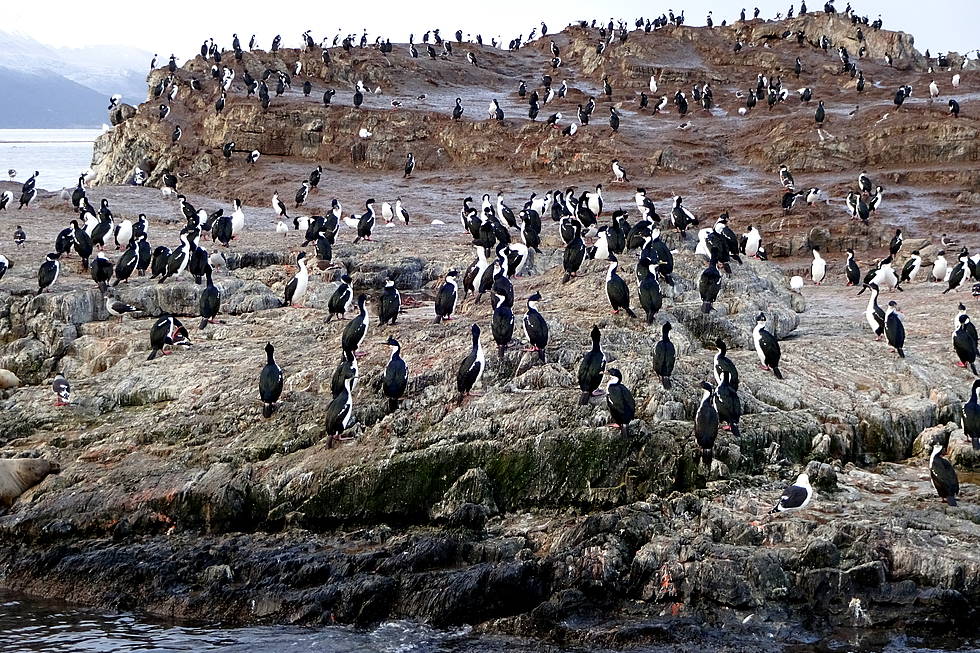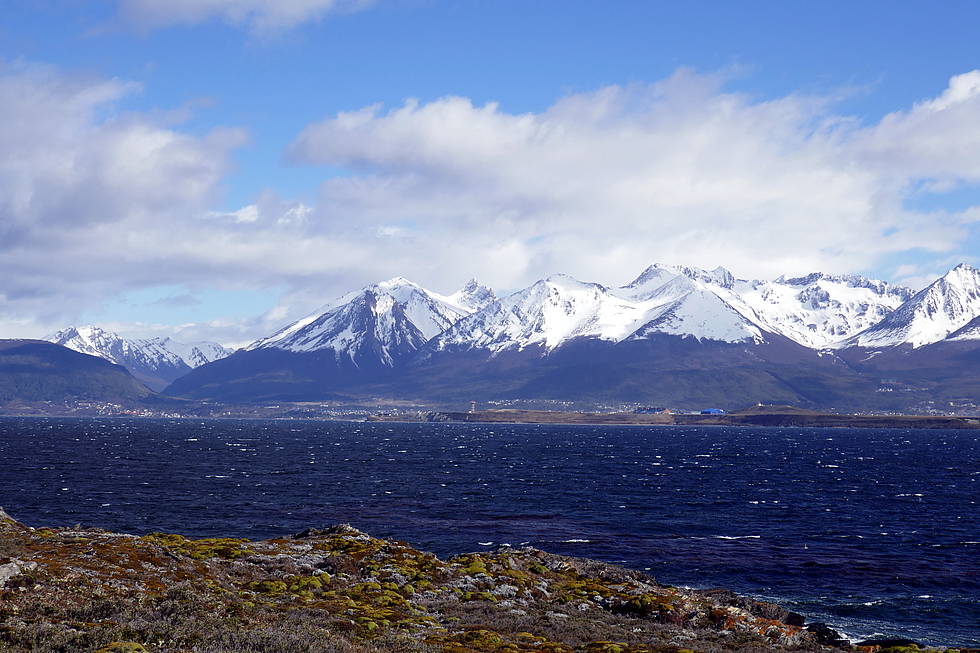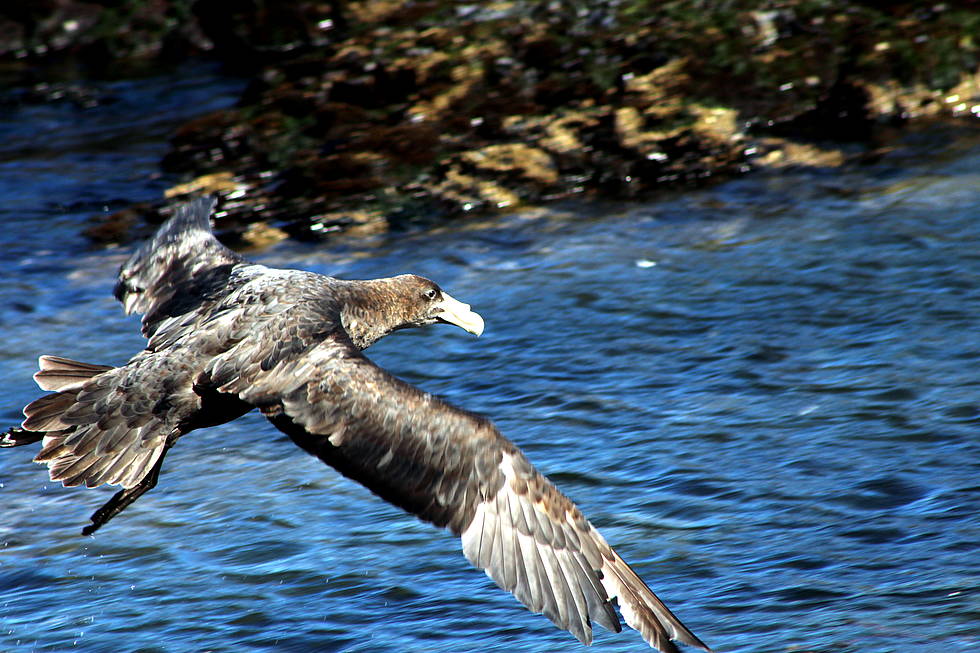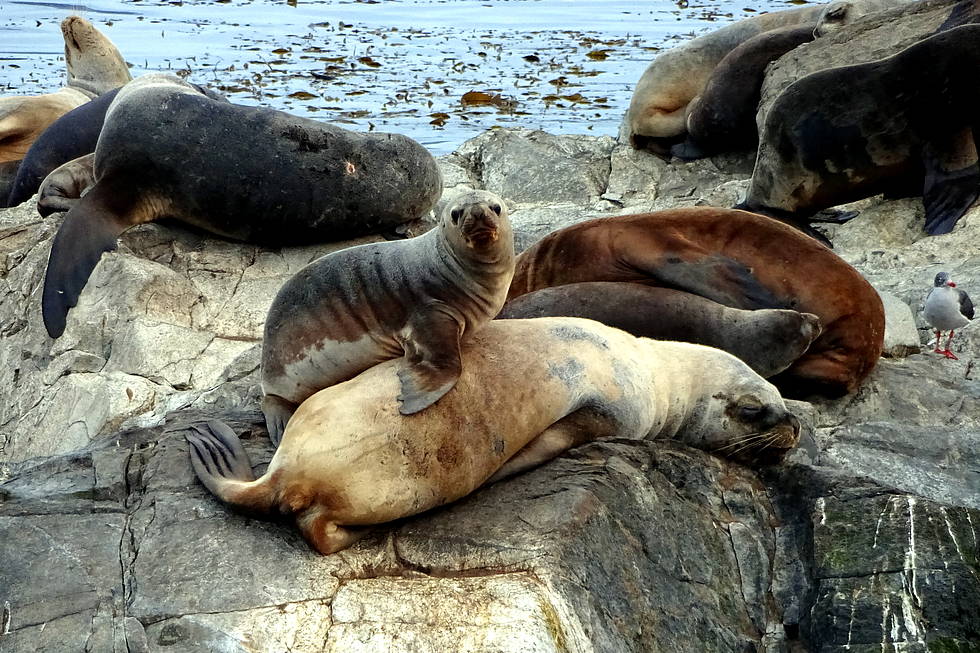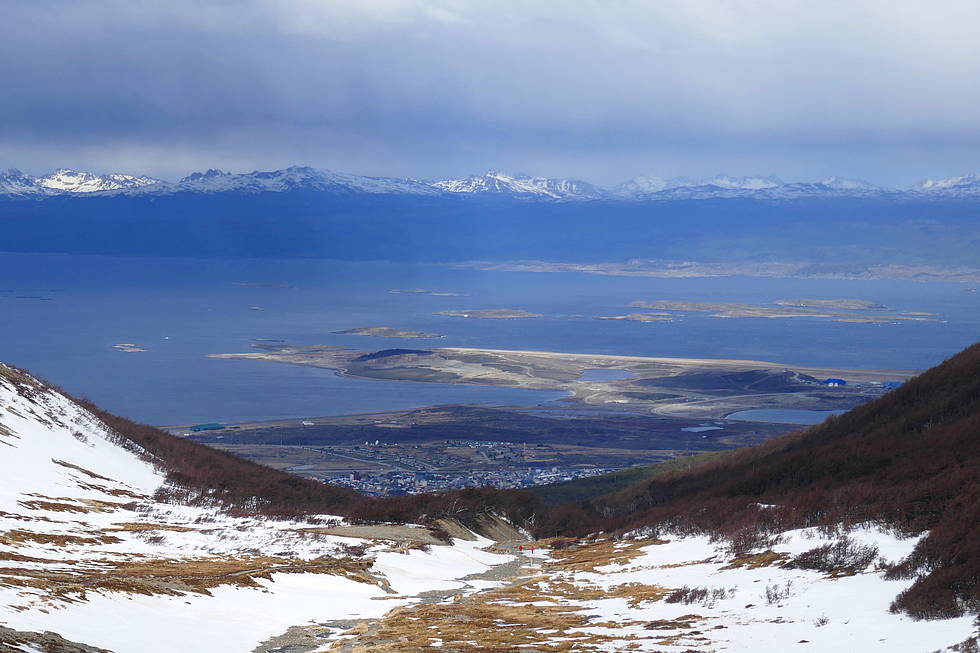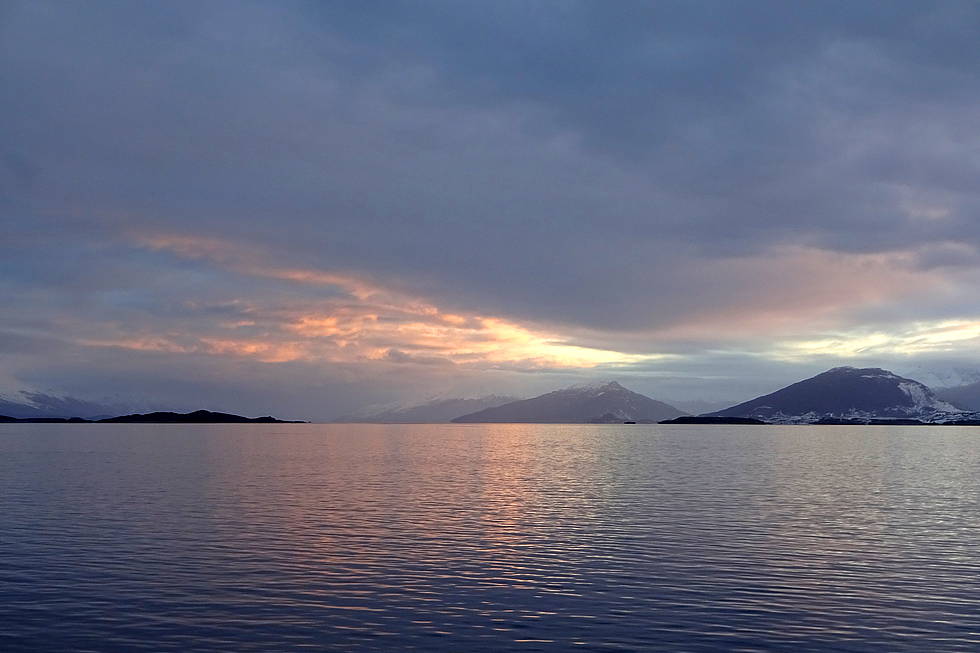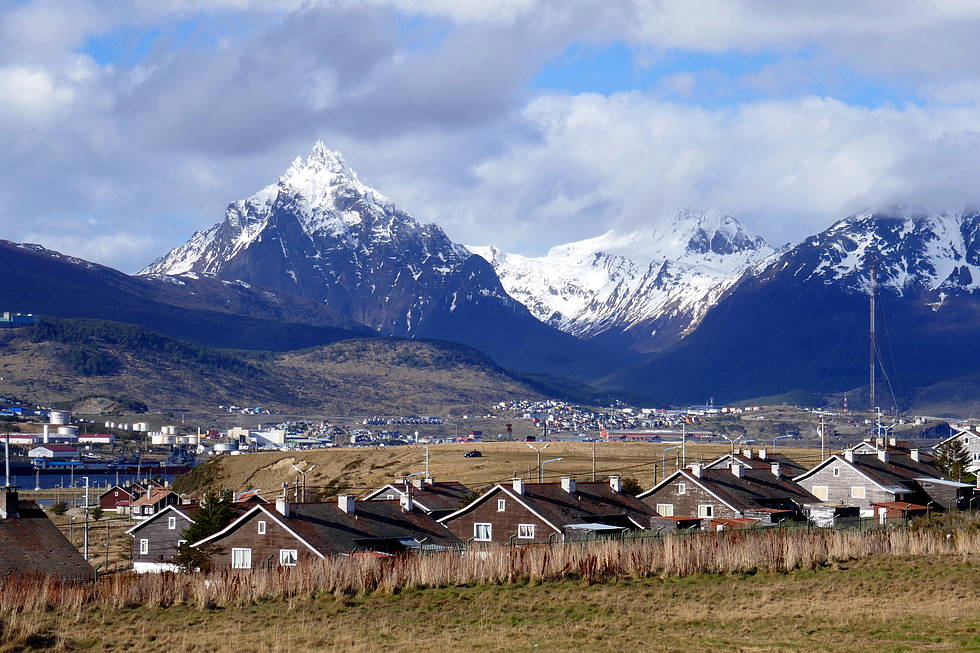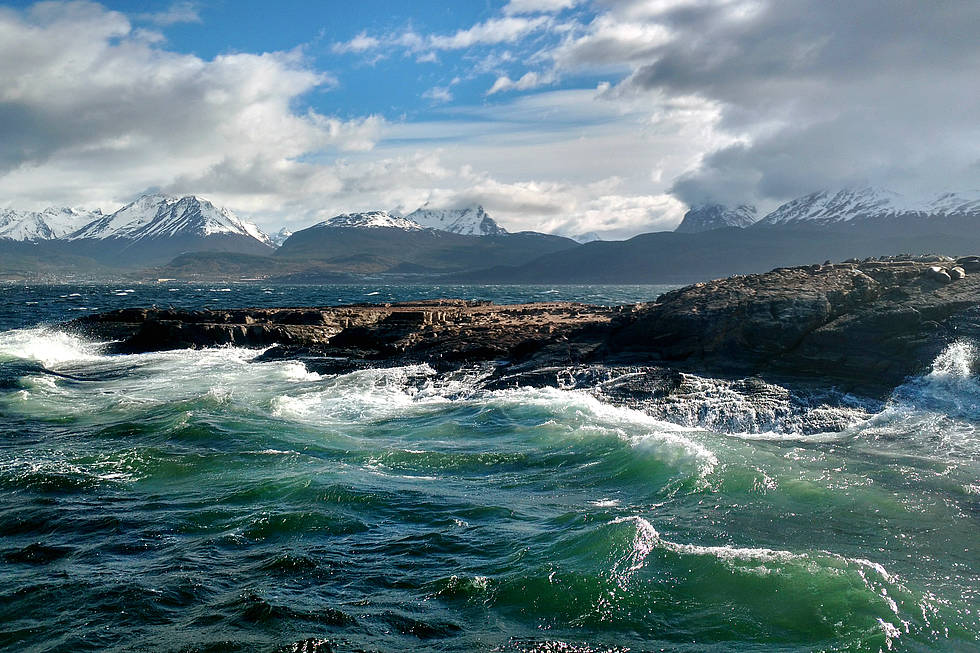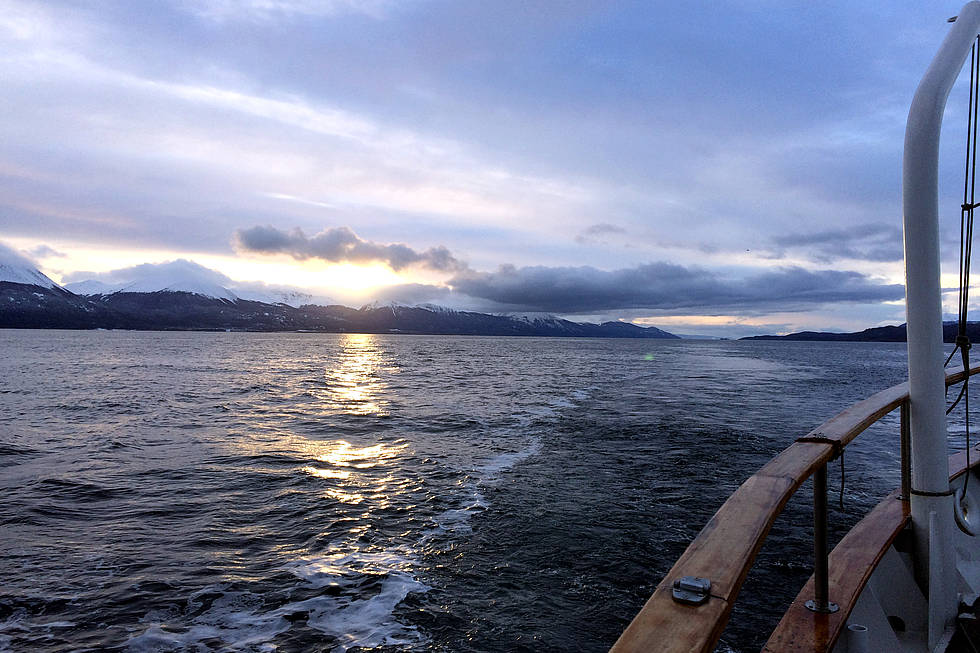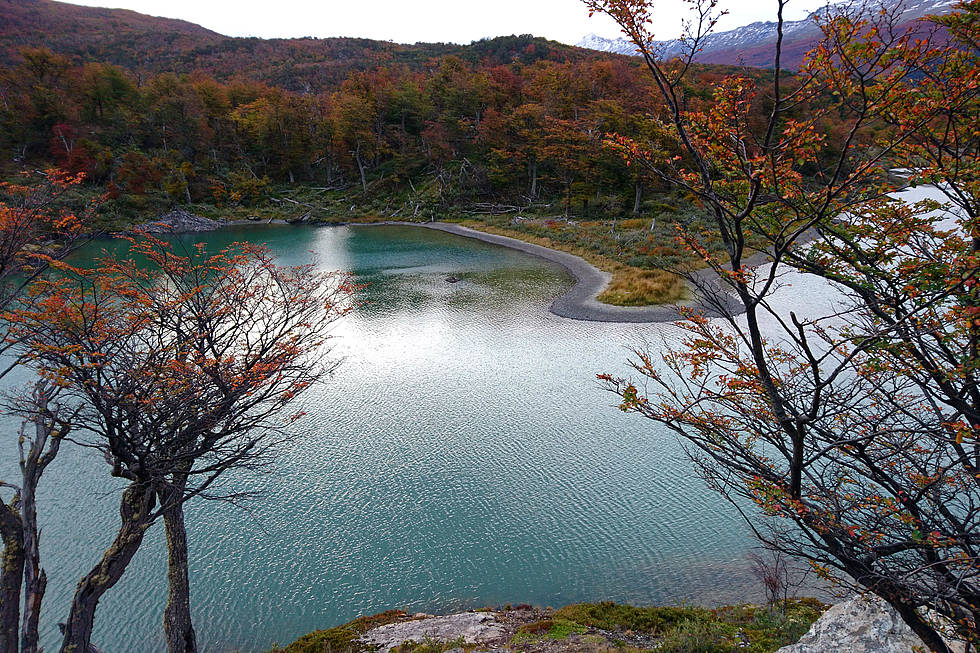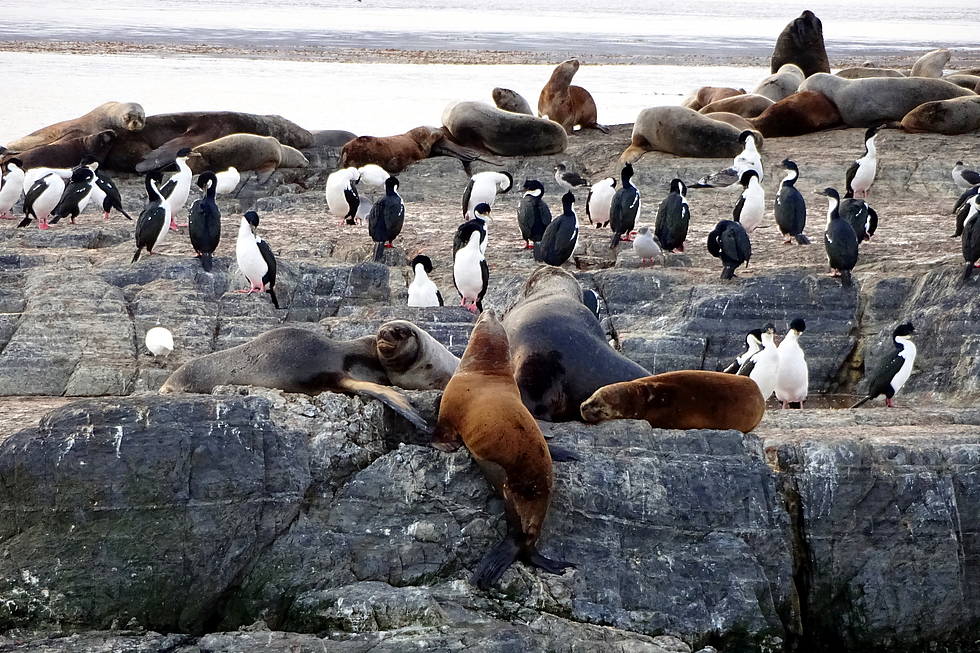DynAMo - Beagle Channel Observatory
Within the infrastructure project DynAMo (BMBF funded; ID: LAT16STRUC-039) scientists and marine engineers from Germany, Argentina, Chile and the USA are collaborating to develop a concept for a marine-terrestrial observation network within and along the Beagle Channel and its adjacent regions of the Andes mountain chain (Cordillera Darwin). Due to rapid climate changes in southern Patagonia and the West Antarctic, the Andes glaciers are retreating while marine ecosystems along those are changing due to the increasing influence of meltwater. At the same time, the population in southern Argentina and Chile is growing, leading to enhanced domestic and industrial wastewater releases and pollution. Demands for human usage in an area previously considered as 'untouched' and 'pristine' are increasing fast and sustainable management of the coastal ecosystems is required. The project partners are therefore collaborating with local fishery organizations and artisanal aquaculture companies.
Scientists from AWI, the Universities Oldenburg and Erlangen, as well as of the Institute for Chemistry and Biology of the Sea (ICBM) in Wilhelmshaven work together with colleagues from Argentina (CADIC, Ushuaia) and Chile (IDEAL Center, Valdivia) to develop an observation network for the entire Beagle Channel. The aim is to analyse and document the ecosystem status and to allow for sustainable management in the future.
For this purpose the project has been divided into three components:
- Meteorology and glacier mass balance in adjacent areas of the Andes
- Hydrography, nutrients and productivity of the water column
- Biodiversity, species shifts and environmental risks (occurrence of toxic algal blooms)
With this collaboration we create observational capacities and long-term time-series in a coastal area, which suffers from a big knowledge gap of environmental data and which is strongly impacted by global warming. Melting glaciers in the Southern Ocean and Antarctic regions affect the global climate and cause the sea level to rise. Therefore, collectively operated observation networks not only help the local population but also make an important contribution to the understanding of global climate change in coastal research.

